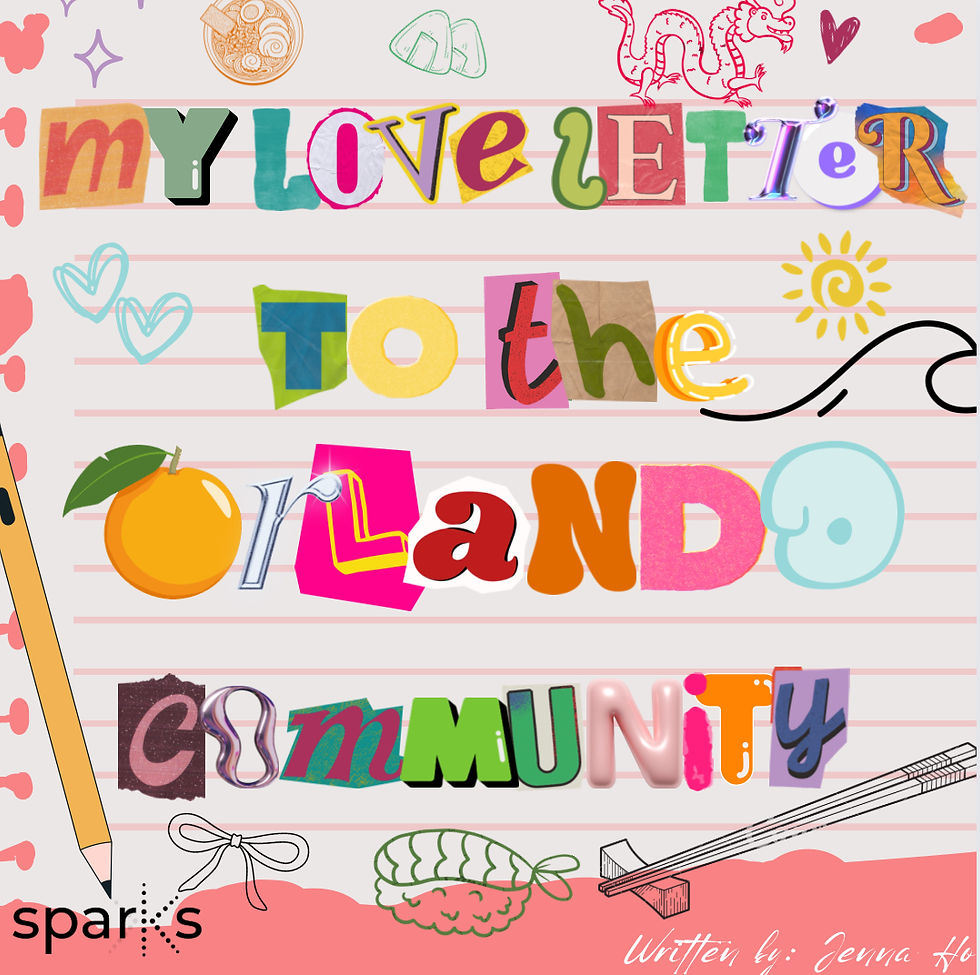Gotta Collect Them All: A Beginner’s Guide to Photo Card Collecting
- Liana Progar

- May 26, 2021
- 4 min read
Updated: May 12, 2023
Have you ever wondered what it’s like to collect small pieces of paper with people’s faces on it? While photo card collecting is stressful, it has also made me happy to see my collection grow for almost a year now. If you think photo card collecting is something you would like to do, here are things I wish I knew before starting my collection.
Where to look
Starting to expand your collection can be overwhelming, but as long as you do your research and look in various places it shouldn’t be as scary. There are countless places you can browse, but personally I use Instagram, Twitter, Depop, Facebook, Mercari, and eBay the most.
Buying from second-hand sellers
In the collecting community, there are certain principles everyone is expected to follow: be nice, honest, fair, and do not scam.
Before you agree to buy or trade something, look at that person’s page and any other trading/selling account they have. On Instagram and Twitter it is easier to find people’s proof of past transactions since they’ll usually be in a highlight or thread. Proofs are very important to determining who is trustworthy. Scammers sometimes steal proof and claim it as their own. When inspecting someone's proofs, make sure you’re able to see their handle somewhere in the photo, the item, and who it was sent to. On Instagram, the best type of proof is a shareable story since it directly connects the sender to the receiver. After you’ve checked their proofs, look for an info highlight/thread. Some people are particular with how they want transactions handled and might ask you to send an emoji to confirm you’ve read their info.
When trading or selling, make sure to ask for proof that they have the item on hand, an address check, and mailing proof. These types of proofs help insure that the card is official, check the state of the card, see that the other person owns it, and that your address is correct and that the letter is on its way to you.
If you’re bidding for an item on Instagram or Twitter, be sure to check if the seller updates the current bid or they might be trying to trick you into overpaying.
Telling reals from fakes
The exception to the nub rule is different press cards. Many companies release region exclusive items or use different manufactures so there are differences between cards. There are many different versions for albums like Chinese, Korean, Japanese, International, U.S.A., Thai and Taiwan press albums. Press variations can include: slightly different coloration on the backs of the cards, different corner roundings, slightly different saturation on the front of the card, or missing certain logos. In addition, some regions get special inclusions that can’t be acquired from other regions' albums.
Different companies release different regional presses so make sure to research and understand where everything is from. Try watching unboxing videos; they really help when researching different types of cards, especially when it comes to different presses. And don’t be afraid to ask what press the cards are from!
Furthermore, depending on when you buy the album, the corners of the photocards may be different. Some companies print their first press albums with non-rounded, square photo cards and then print any press after that with rounded corners. A few examples are ATEEZ and Stray Kids. The authenticity nub placement may also change between first and other presses.
And if that all wasn’t complicated enough, there are also merchandise, limited press, broadcast, fansign, and pre-order benefit items. Merchandise cards can be from tours, come with another item you bought, or bought on their own. Limited press cards are only available for a short period of time and then aren't printed again. Broadcast cast photo cards come from when artists promote on weekly music shows like Inkigayo or The Show. Fansign cards are distributed to those who participated in a fan call/sign. Pre-order benefits are given to people who order within the pre-order date range. Since these items are limited or not produced at the same volume albums are, they often lack authenticity nubs and have smoother edges.
Summary
All of this might be a lot to take in, but take your time. Learn what you need to make sure you understand how to collect and not be scammed. And in the end your collection should make you happy! You're the one who has to look at it and has spent time and money on it, therefore, you decide what you do and don't collect. You don't collect for anyone but yourself so enjoy the thrill of the hunt and the excitement of adding a new treasure to your collection at your own pace.
Vocabulary
Want to trade (wtt)
Want to sell (wts)
Not for sale (nfs)
Not for trade (nft)
Up for trade (uft)
Up for sale (ufs)
Want to buy (wtb)
In search of (iso)
Left to buy (ltb)
Quote your price (qyop)
On the way (otw)
Go (group order)
Group order manager (gom)
Preorder benefit (pob)
Out of print (oop)
Out of stock (oos)




Comments